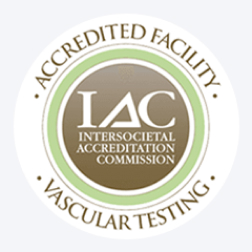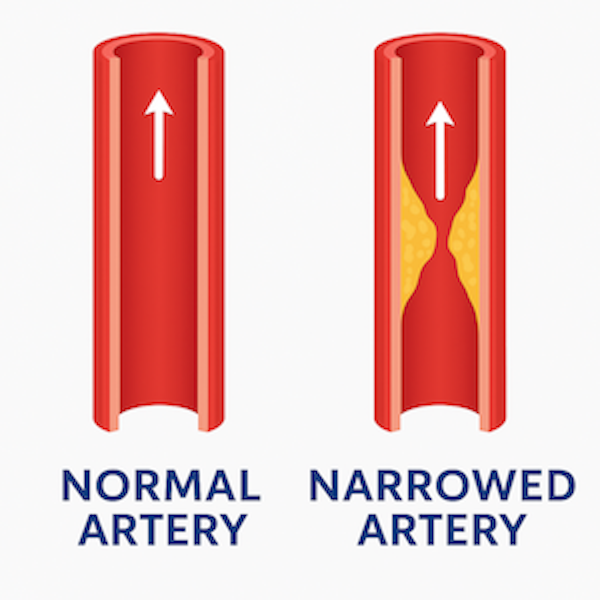Why Chronic Venous Insufficiency Symptoms Flare in Winter
If your legs feel heavier, more swollen, or more uncomfortable during the colder months, you’re not imagining it. Winter can worsen symptoms of chronic venous...
Read More







